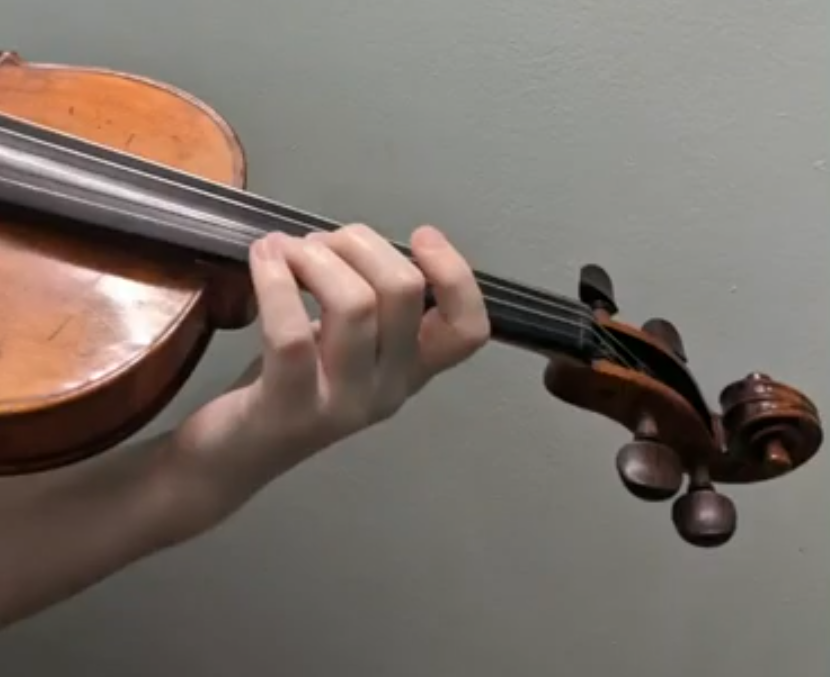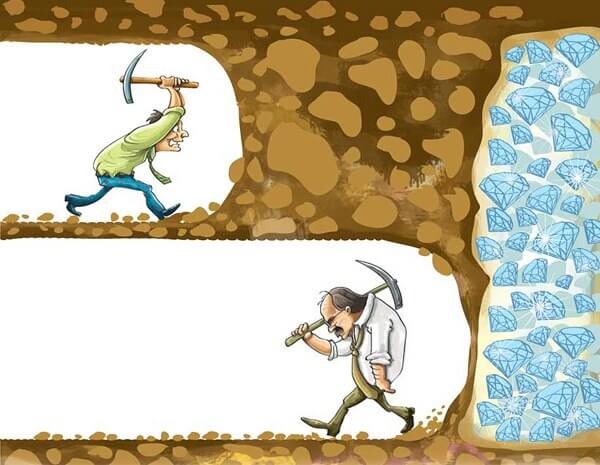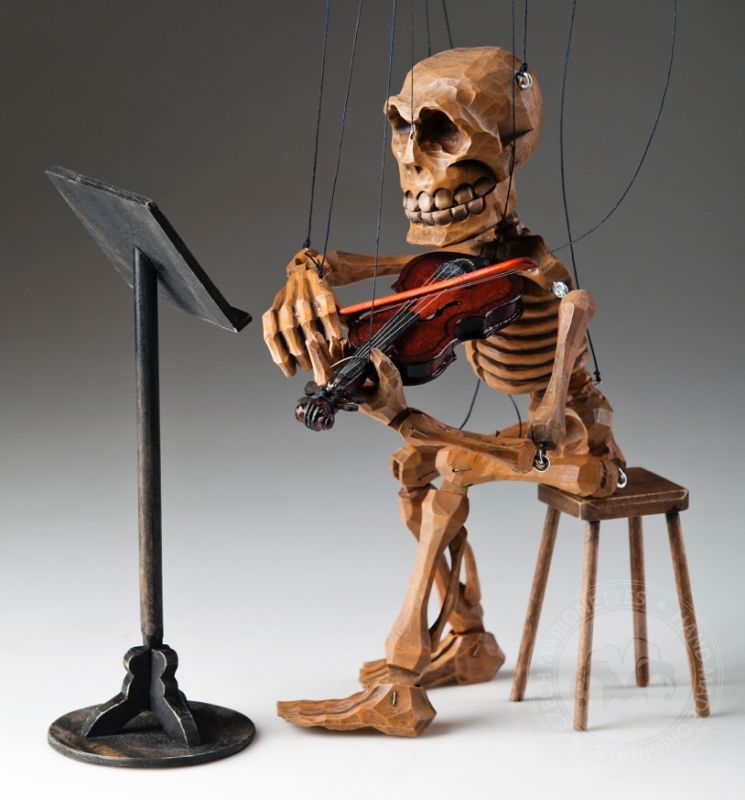Two summers ago I developed severe pain in my left trapezius (specifically, the back of my neck extending toward the shoulders and across the upper back) while playing two Mozart operas back-to-back for an opera festival. This went on for a week straight with no days off, and was followed by a Wagner opera a few weeks later. The pain lingered around for hours after playing, and my own default “quick-fix” methods to relieve the pain were no longer working. It was time to take action beyond my instinctual behaviors (ie – limiting physical practice time, making sure I am sitting “correctly,” etc). Thankfully I was able to find an excellent physical therapist at Motion Sports PT in midtown east in Manhattan, and I didn’t have to take any “extended break” from playing the violin, which wouldn’t have helped anyway.
Last week, I had the privilege to attend Juilliard’s virtually-held Starling-Delay Symposium. One of the best events for me was focused around longevity and injury-prevention. Much of what I learned in physical therapy was echoed and explained in greater detail at Pamela Frank and Howard Nelson’s workshop titled Don’t Let This Happen To You. After overcoming a debilitating playing injury, Pamela Frank spent over a year retraining her posture and fundamental movement patterns both during violin-playing and other everyday activities (ie – sitting, standing, sleeping, etc). In this workshop we focused on how to keep a healthy body alignment and how to be more efficient in the practice room.
Continue reading “Playing Pain-Free” →




